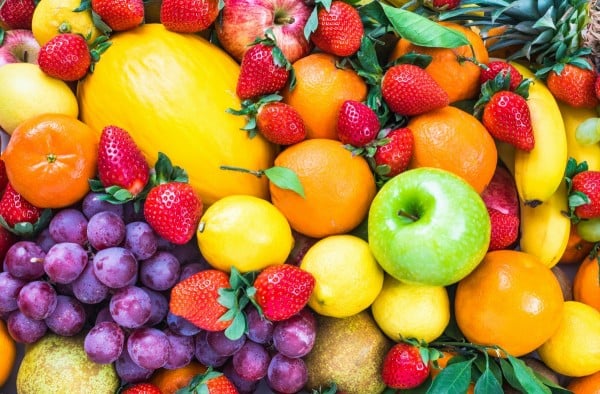
By Senaka Ranadheera, Victoria University; Duane Mellor, University of Canberra, and Nenad Naumovski, University of Canberra.
Most of us know eating fruit daily is a great way to try to stay healthy, with the Australian Guide to Healthy Eating encouraging us to eat two serves a day. This is because they are relatively low in energy content and rich in fibre, antioxidants and some phytochemicals that may have beneficial health effects.
Eating fruits regularly helps to prevent major diseases such as heart diseases, certain cancers, diabetes and obesity. It can also improve brain health.
Watch Mamamia’s Shelly Horton chat about natural living and good food. (Post continues after video.)
Despite the benefits, less than half of Australians eat enough fruit. To try to make eating fruit easier, get the most nutritionally from what we eat and avoid wastage, it is important to consider the best stage to eat fruits from harvesting to over-ripening.
Australians eating inadequate fruit and vegetables.
Fruits vary in nutritional quality
Fruits contain a range of nutrients essential for health, from energy-producing nutrients (mostly carbohydrates with some fat and protein) through to vitamins, minerals and fibre. The amounts of these nutrients vary, however, from one fruit to another.

